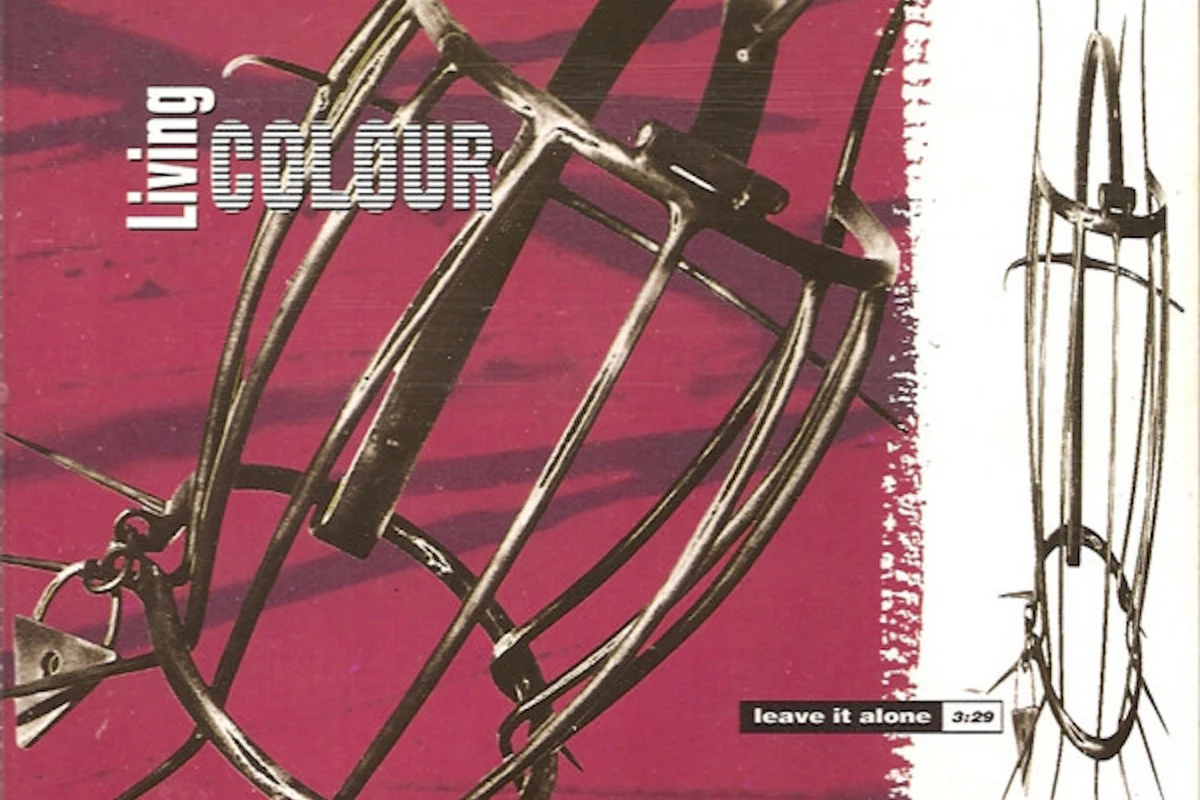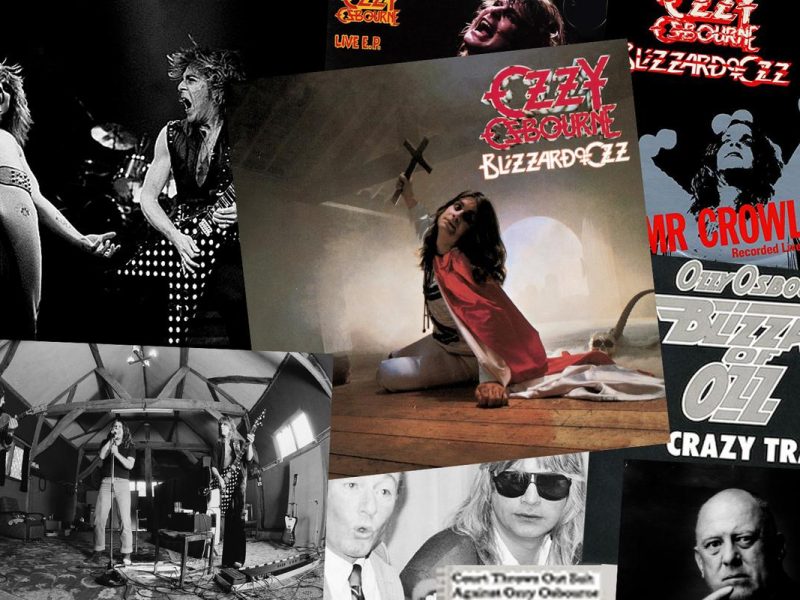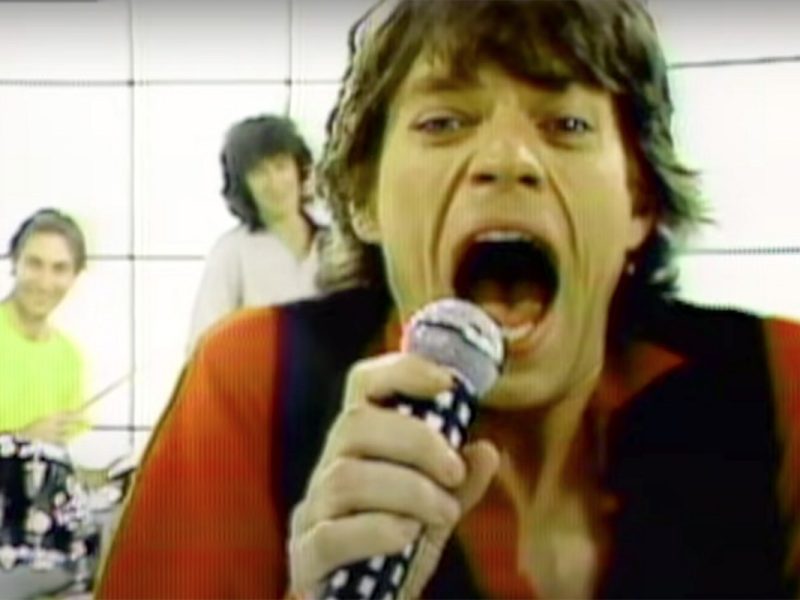Living Colour found mainstream success in the back half of the ’80s. “Cult of Personality,” from the band’s 1988 debut, Vivid, was a commercial and critical hit. The band appeared on Saturday Night Live the following year and secured a gig opening for the Rolling Stones alongside Guns N’ Roses.
Their next album, 1990’s Time’s Up, also hit the Top 20, but it wasn’t the runaway success of its predecessor, and in 1992, the band’s lineup shifted when bassist Muzz Skillings was replaced by Doug Wimbish.
Living Colour recognized early on that commercial superstardom wasn’t part of their plans. “Everything is supposed to be big these days, and it’s become, like, if you aren’t big, you are nowhere,” guitarist Vernon Reid said in 1993 (via Elsewhere). “I don’t think like that and even when the band was ‘big’ I never felt ‘big.’ That’s become the way music and art is defined, but not every album will be as ‘big’ as [U2’s] The Joshua Tree.”
The band had generally grown accustomed to people expecting them to look or sound a certain way, and that they didn’t exactly fit in as a younger, all-Black rock band.
“What we were ‘anti’ was the idea — the institutional racism — that said people who look like me couldn’t do this. It was like, ‘Fuck you — yes we can,'” singer Corey Glover explained to The Daily Beast in 2018. “We were more on that tip. What constitutes ‘rock ‘n’ roll,’ really? What constitutes music, period? There might have been all of these hair bands and these bands of people who were about whatever they were about, but what we were trying to say was, ‘A seat at the table was ours — by right.’ We come from a lineage of music that was fast and deep, and whatever is out there now that influenced those folks has influenced us as well.”
So instead of lamenting their position as outcasts looking in, Living Colour started writing about it for their next album, 1993’s Stain. “When I first started, I wanted resolution — everybody wants a happy ending. But things are continuing, like movies,” Reid said to Bomb magazine in 1993. The album, he said, was about “how to deal with ambivalence, with being an outsider, with not being part of the mainstream. How do you deal with being the odd man out? How do you deal with being tragically unfashionable?”
This was best exemplified in “Leave It Alone,” which was written about, as Glover told Songfacts in 2015, “the same sort of issue where I don’t belong and will never belong. I am my own person. I’m only part of a group because I chose to. I don’t automatically follow the trend, I don’t follow the crowd.”
“I’m not one of those joiners / I’m not down with the club,” Glover sings. “There’s no place I’m going to / You see, it’s the hole I dug.”
Watch Living Colour’s ‘Leave It Alone’ Video
“Leave It Alone” was one of several songs that appeared on Stain — which depicted a woman wearing a brank on the cover — with a generally more cynical attitude than heard in their previous work. The brank appeared again on the cover art for the “Leave It Alone” single, which was nominated for Best Hard Rock Performance at the 36th Annual Grammy Awards and reached No. 14 on the U.S. Mainstream Rock chart.
In 1993, Reid admitted that he did not consider Living Colour to be a “fashionable band,” and he recognized that his group were active participants of the very system they often criticized. “It’s a balancing act, a high-wire act,” he said. “This band has always taken risks. We don’t play a role, we’re no tough guys, we’re not minstrels, we’re aware of how the game is played and we talk about it.”
Top 100 ’90s Rock Albums
Any discussion of the Top 100 ’90s Rock Albums will have to include some grunge, and this one is no different.



